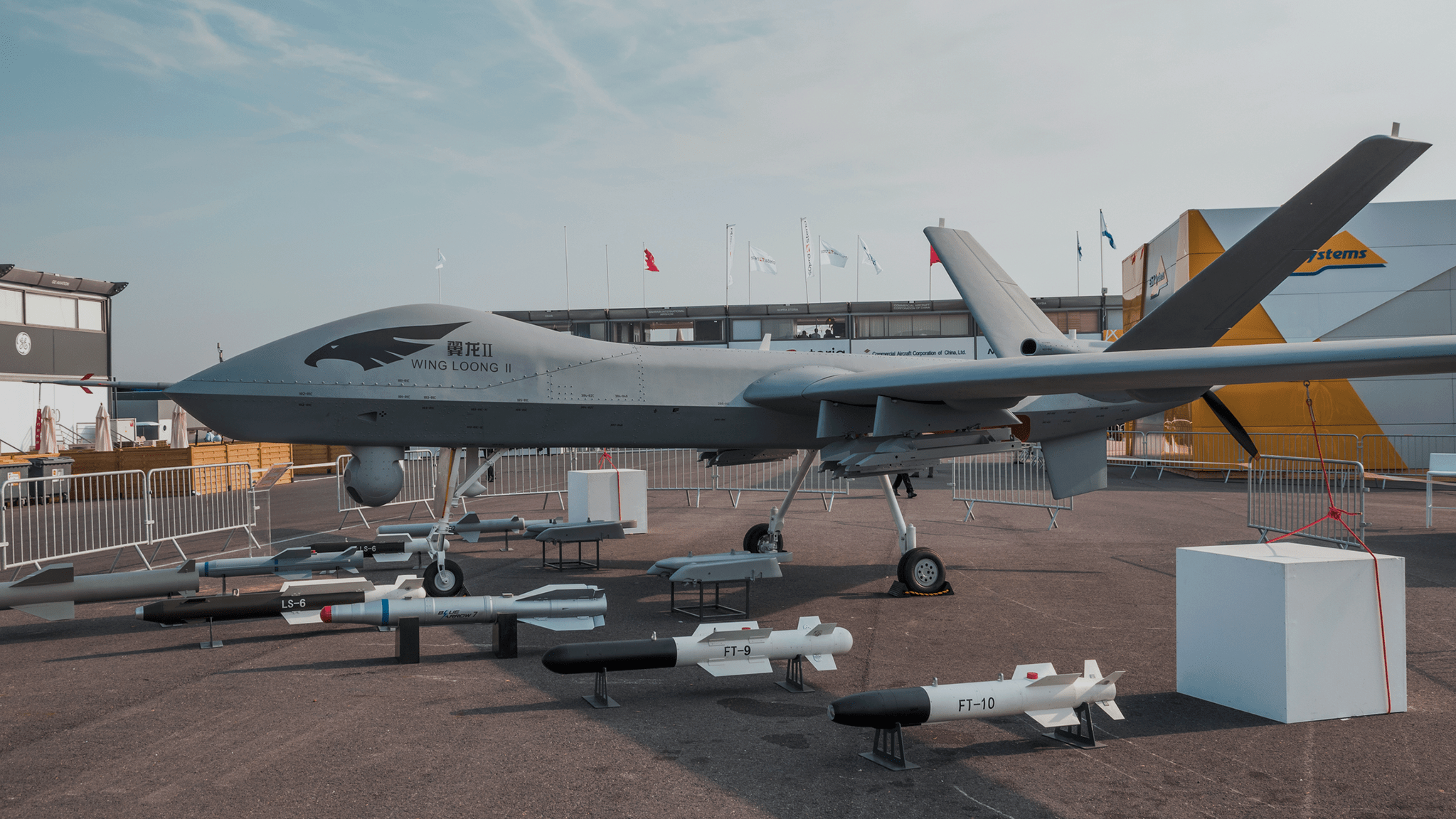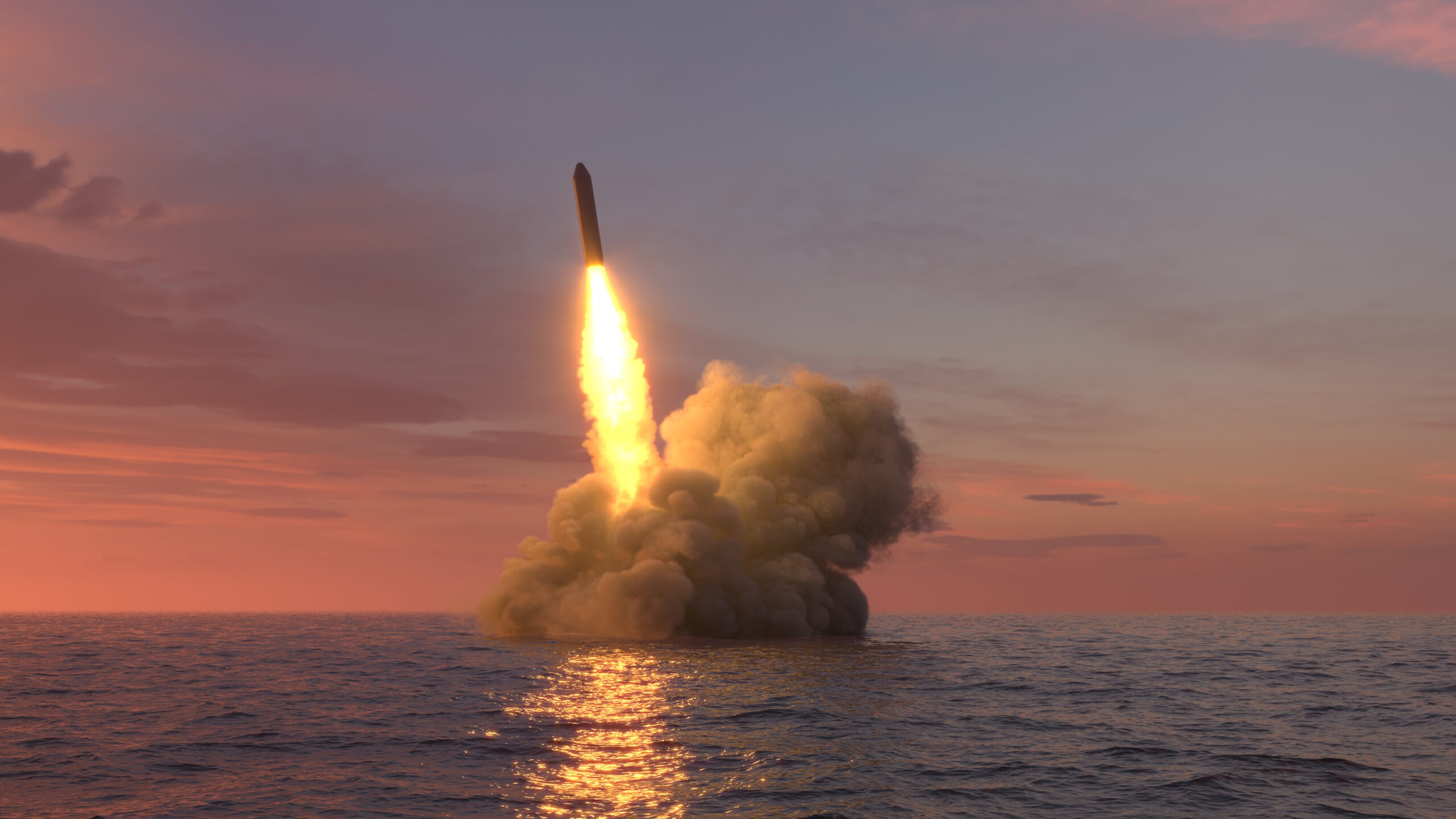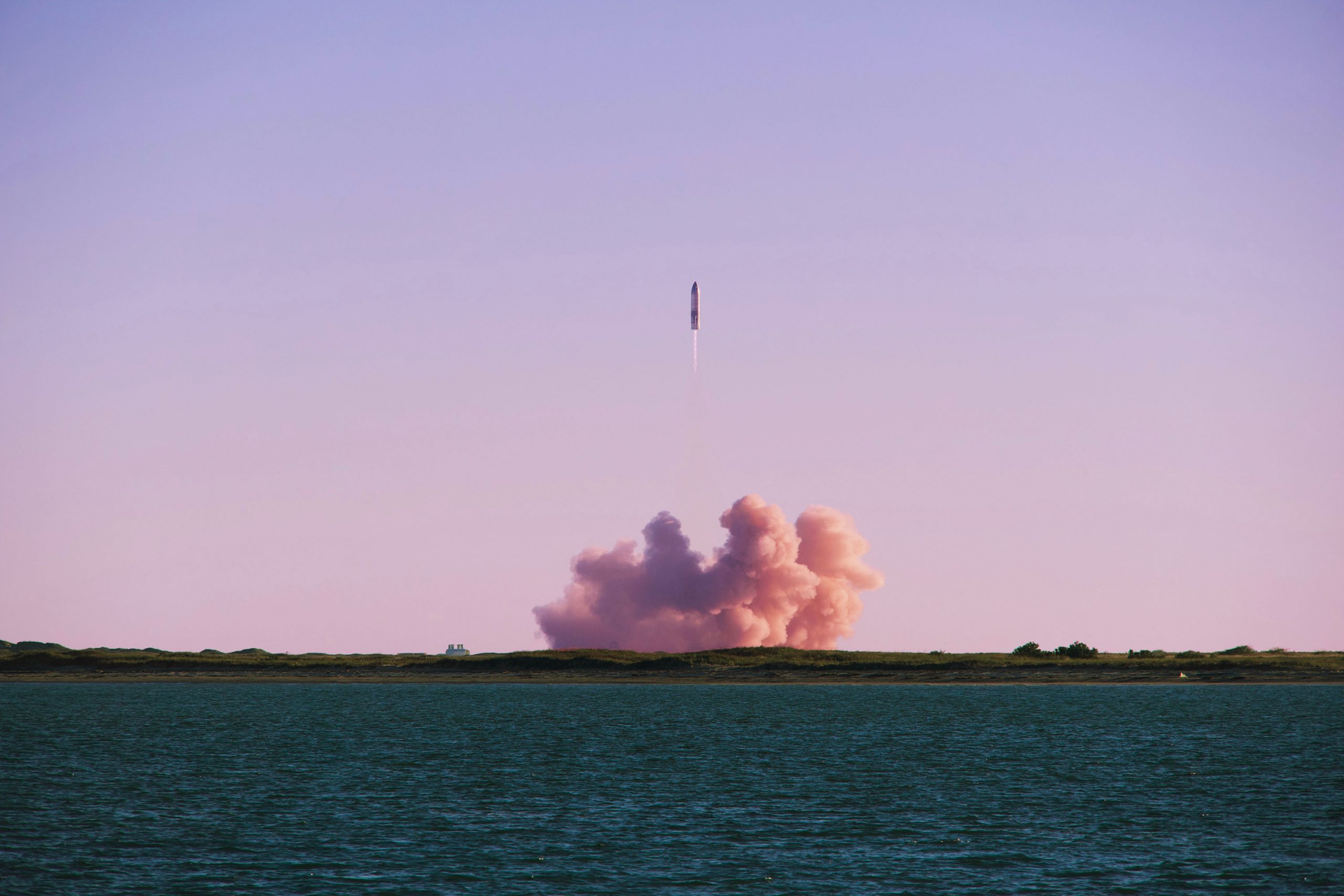Armed Unmanned Aerial Vehicles: the Need for Stronger Export Controls
As the proliferation of military technologies keeps advancing and proliferation methods become more sophisticated, the international community must revisit arms and export control regimes to gauge their effectiveness.
In May 2021, Philippine authorities flagged and held the export of 117 boxes containing 900 kilos of servomotors from an unnamed company. The exports declaration indicated that the servomotors would be used for robotics. However, upon further assessment, doubts began to surface. UN reports revealed that various models of the company’s servomotors are used as positioning components of one-way attack Unmanned Aerial Vehicles (UAVs) – often referred to as “drones” – in conflict zone areas in the Middle East. Moreover, the requested model featured higher specifications (such as voltage) than necessary for civilian applications, thus, expanding its capability to accommodate multiple programs or software. The shipment was not let through and marked the first license denial of the Philippine export control body.
This case is but a snippet of a larger trend. Critical components are being used to develop UAVs for military strikes and surveillance.
The North Atlantic Treaty Organization (NATO) classifies UAVs into three classes: Class I (less than 150 kg payload), Class II (150 to 600 kg), and Class III (more than 600 kg). In 2019, 88 countries had Class I capabilities, 43 had Class II, and 30 had Class III.
There are 19 countries identified as key players in the trade of Class III UAVs – the US, China, and Turkey as major exporters of armed UAVs; Israel also exported large drones, although it has never officially admitted that these can be armed. Iraq, Saudi Arabia, UAE, Egypt, Nigeria, Algeria, Ukraine, Qatar, France, Indonesia, Serbia, and Azerbaijan are top importers of armed UAVs; and Pakistan, Iran, and the UK also have their domestic armed drones development programs and import armed UAVs. Russia and India are still developing or acquiring their Class III capabilities.
With many states involved in the proliferation of drones, one wonders whether the current international control measures are enough. The international instruments covering the regulation of drones include the Missile Technology Control Regime (MTCR), the Wassenaar Arrangement (WA), and the Arms Trade Treaty (ATT).
The Missile Technology Control Regime (MTCR) is recognized as the first multilateral regime aimed at regulating, if not restricting, the proliferation of missiles and unmanned aerial systems. Unfortunately, out of the 30 countries capable of producing Class III drones, only 12 are members of the MTCR. The MTCR only has 35 members, meaning Class III drone-capable countries make up just a third of MTCR’s membership. The regime’s membership is exclusive to those developing the controlled technology and requires consensus from all members, making it limited. Further, as treaty compliance is voluntary, it depends on Participating States’ discretion and political will.
The MTCR’s guidelines and control list cannot keep up with the rapid technological advancements of UAVs. While the MTCR successfully prevents the spread of ballistic missiles in several states, its guidelines cannot control the development of UAVs, especially of smaller classes (Classes I to II). Dual-use components such as Philippine-manufactured servomotors are not within MTCR-controlled specifications. Another treaty regulating the drone proliferation, the Wassenaar Agreement (WA), faces the same challenges as the MTCR due to its limited membership, non-legally binding compliance, and the fact that drone technology develops faster than the treaty’s lists of controlled items can be updated. In fact, the WA played no part when the Philippine authorities denied the export of the servomotors – domestic Philippine law gives authorities the right to restrict export of any items suspected of being intended for nefarious activities. Not all countries have such laws, or care to follow them.
The Arms Trade Treaty (ATT), on the other hand, is a legally-binding treaty for all signatories. Its scope ensures the control of all conventional arms, including armed drones. The treaty, however, struggles with limited participation among major players. The armed-drone capable states, the United States, Russia, Turkey, and Israel have not signed the treaty, and cannot be compelled to comply with the its provisions. But even countries that have signed the treaty, but fail to report exports would not be subject to sanctions because the treaty lacks means of enforcement. In the end,compliance with the ATT depends on the discretion and political will of the Member States.
Given these realities, there seems to be a disconnect in achieving the objectives of these international treaties, and how they actually work. It is time for the international community to revisit these regimes to gauge their effectiveness.
It is also time to encourage non-members of the MTCR and other multilateral export control regimes to adopt, or at least adhere to the control mechanisms by enacting domestic legislation that prevents the proliferation of conventional weapons and weapons of mass destruction. It is only through cooperation that we can ensure international peace and security. For its part, the Philippines, as the first Southeast Asian Country to be a State Party to the ATT, needs to exert more effort in encouraging its neighbors to ratify and implement the treaty and prevent destabilizing behaviors and arms racing.
It is an unfortunate truth that, like UAVs, other military technologies will keep advancing, and proliferation methods will become more sophisticated. With the volatile global political environment, agents of global peace and security must constantly cope, open up discussions, maintain their commitments, and make sure decisions are institutionalized globally and nationally. Threats to international peace and security will always be present, but with concerted global efforts, we can minimize the risk. The less time we put these off, the more lives will be spared.
About the Author
Lorenz Anthony T. Fernando is the first Licensing Division Chief of the Philippine Strategic Trade Management Office. He helped establish the licensing procedures of the said office, which is the national government agency that manages the international trade of military and dual-use items in compliance with the UNSCR 1540 and other nonproliferation obligations.
Disclaimer: The opinions articulated above represent the views of the author(s) and do not necessarily reflect the position of the Asia Pacific Leadership Network or any of its members. The APLN’s website is a source of authoritative research and analysis and serves as a platform for debate and discussion among our senior network members, experts and practitioners, as well as the next generation of policymakers, analysts and advocates. Comments and responses can be emailed to apln@apln.network.
Image: iStock/VanderWolf-Images




